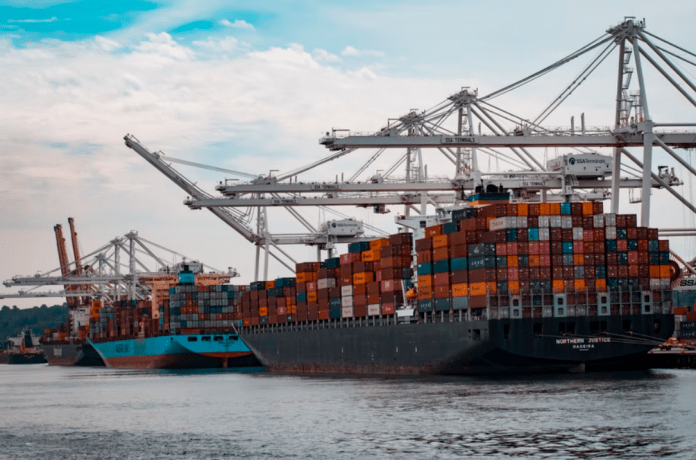The container shipping market could face massive overhang with 7.3 million TEU of newbuildings expected to be delivered by 2025.
Alphaliner said that this represents 28% of the existing cellular fleet, expected to hit the market by the end of 2025. By comparison, the container ship fleet is expected to see only about 1.1 million TEU of newbuildings hitting the water in 2022, about the same as in 2021.
“As the world edges toward what could be a lasting recession with an anticipated drop in seaborne trade, the market will likely not be able to absorb such a flood of newbuilding capacity,” said Alphaliner.
The potential for demolition is, however, limited as the existing fleet has an average age of 14 years.
In September, Regional Container Lines sold 1990-built 1,248 TEU Mathu Bhum for recycling, ending a nine-month hiatus of boxship scrapping.
Of the over 5,600 existing cellular ships, which have a total capacity of 25.5 million TEU, only 77 ships, with a capacity of 121,671 TEU, are aged 30 years and older, followed by 347 units of 533,478 TEU aged 25-29 years and 678 ships of 1.85 million TEU aged 20-24 years.
There is, therefore, a total of only 655,149 TEU of ships aged at least 25 years, although this pool could widen if ships aged 20-24 years are included.
One silver lining is that the upcoming EEXI and CII carbon regulations could also reduce vessel supply, with a significant portion of the existing fleet having to slow down to meet the new rules.
Older tonnage that struggles to comply with the new standards will be forced to retire and could help restore supply-demand equilibrium, but Alphaliner said the recycling of these ships will not happen instantly.
Alphaliner noted, “At the end of the day, much will depend on how strong cargo demand is when the flow of newbuildings hits the market.”
Martina Li
Asia Correspondent







